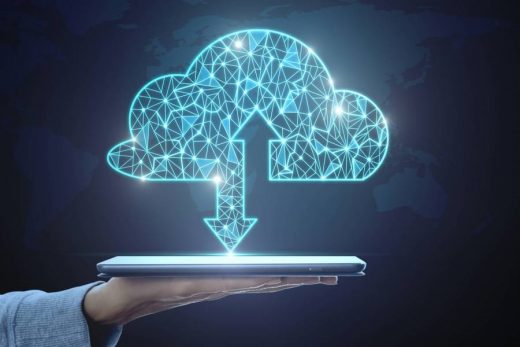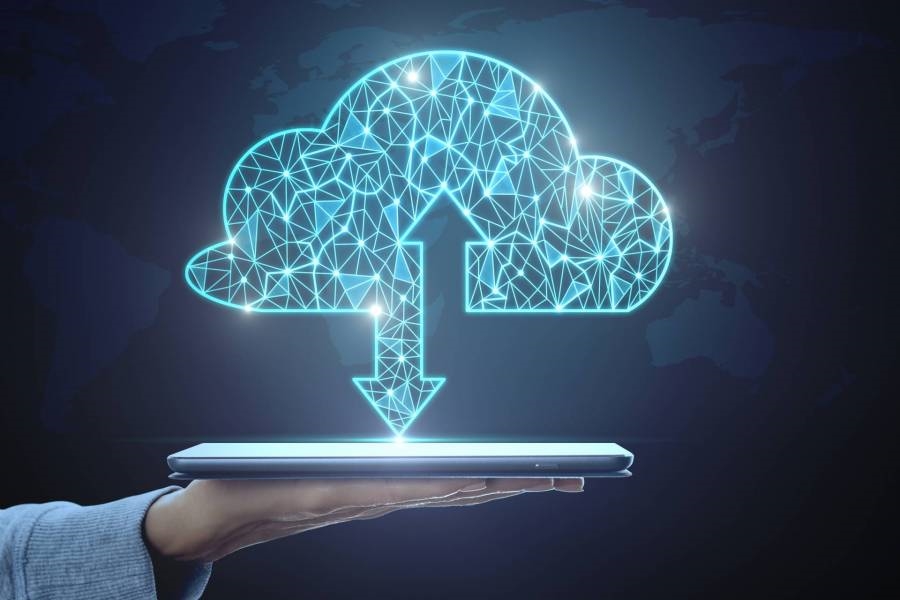Why is Data Modernization Key to a Winning Data Strategy?
Why is Data Modernization Key to a Winning Data Strategy?

With world economies becoming more complex and intertwined, the amount of data generated, stored, and used globally has increased exponentially, reaching a staggering 59 zettabytes in 2020. Therefore, adopting a modern data architecture that can cope with the growing data volumes is a competitive necessity for enterprises today.
For most organizations, the evolution of data architecture has been largely guided by shifts in operational and business requirements. However, there are some key aspects of data modernization that are common across businesses. For instance, the need to improve traditional use cases and make them more cost-efficient. In addition, this new generation of data architecture rests primarily on a few shared data management tools. These include the classical data warehouse, data lake, and real-time streaming.
But whatever the industry or the use case, the path to modernizing the data architecture involves revolutionizing data-centric technology. This includes migrating siloed data from complex legacy databases to modern cloud-based data lakes to ensure agility, efficiency, and a rapid ingestion process.
1. The Need for a Modernized Data Architecture
Before we dive into why businesses need to modernize their data system, let’s briefly discuss the workings of legacy data management tools. The traditional data stack involves a wide range of tools that need to be aligned perfectly with each other to deliver outcomes. These systems had been designed to deal with static and predictable data from a fixed source.
However, with the diversification of data sources, structured and unstructured, there has been an exponential rise in the unpredictability and complexity of data. This shift caused the traditional data management tools to be deemed complex, costly, and incapable of solving modern data problems. And change has been swift.
Current data and analytics platforms can help businesses create a flexible and scalable data stack. Data modernization facilitates productivity by revolutionizing how enterprises collect, process, analyze, and use data and make better business decisions quickly.
They provide a cohesive view of diverse data assets and a single point of access to its users while at the same time:
- Improve data governance by ensuring compliance with data protection and privacy regulations
- Ensure access to the right data at the right time
- Bridge organizational silos by bringing together data from diverse source points
- Provide valuable, actionable insights that can meet the needs of a dynamic business environment
- Lower costs, reduce data latency, accelerate time to market, and improve decision making
- Accommodate unstructured data and open-source technologies
From the perspective of data strategies too, data modernization can have significant benefits. By enabling real-time, enterprise-wide democratization of data, a modernized data architecture can help derive strategies that support lower OpEx costs, enhanced data security and governance, and improved data quality.
Hybrid infrastructure: As enterprise data continues to grow by leaps and bounds, companies need to consciously develop robust data retention strategies and governance policies around that data. Most importantly, companies need to figure out feasible data storage architecture, be it multi-cloud or a mix of cloud and on-prem data hubs, to ensure optimal analytics delivery.
This makes data modernization an even more critical task. A modern enterprise must systematically plan, update, and build the right data storage architecture to modernize the data core.
Cross country data: Another key driver for data modernization is frequent change in cross-country regulatory requirements surrounding data practices. Today the majority of companies do not have their operations restricted to one particular location or country.
The rise of offshoring and nearshoring business models has compelled companies to extend the periphery of their own data beyond borders. And this has brought enterprise data within the ambit of diverse yet stringent data regulations.
In the US, for instance, state and federal regulations for data retention range from 5 to 30 years. This depends on the type of data and nature of regulation. In such circumstances, companies relying on inaccessible data formats can face significant obstacles in data querying, ultimately resulting in loss of revenue and non-compliance.
Monitoring data usage: Cross-border operations also require multiple teams operating from distinct locations to assess the same data. To ensure seamless data access, companies need to thoroughly audit data usage and monitor resource utilization. This is another area where data modernization can create a difference by creating data lineage, which upholds transparency by helping teams maintain a clear audit trail.
2. Impact of Cloud on Data Modernization
Image Credit: Sigmoiddotcom
When we talk about the contemporary IT landscape, we see two very dramatic changes. One of them is data modernization. The other is the rise of the cloud. And the convergence of the two has laid the foundation for recent developments in digital transformation.
Cloud data warehouses are the enabling factor for data modernization. According to a Deloitte survey, 55% of organizations see data modernization as a key component of cloud migration.
Cloud offers better performance at reasonable costs and ensures high scalability along with:
- Improved capacity: Having a serverless infrastructure comes with its benefits. A fully managed cloud platform can help users scale seamlessly without having to worry about standard database operations.
- Greater flexibility: Cloud platforms help automate the process of resource allocation based on demand. This ensures greater flexibility.
- Better access to tools: Cloud platforms eliminate data silos and focus on providing a unified data view across business functions
- Deeper insights: Cloud computing automates data pipelines and unifies data sources under a single cloud repository. This allows getting deeper, quicker, and better insights.
- Better security: Another critical aspect that makes cloud an ideal launchpad for all data modernization initiatives is its state-of-the-art security management feature that is often designed to allow organizations to leverage cloud apps and networks to their full potential while mitigating potential threat vectors and security issues. For instance, most cloud platforms come with encryption key management that helps companies restrict data loss and ensure data integrity by encrypting mission-critical data and securing connections.
- Enabling transient & stateless application architecture: Lastly, the proliferation of cloud has helped modern technology stacks to become significantly modular. It provides an agile and flexible platform for transient and stateless application architectures to thrive. Stateless application architectures allow seamless deployment of simpler and smaller microservices and help companies shift from clunky monolithic applications of the past.
3. Key Steps in Modernizing a Legacy Data System
You do not necessarily need to adopt an all-or-nothing approach while modernizing your legacy data system. Enterprises can remain competitive and relevant without building their data stacks from scratch. A well-designed hybrid system can solve many of the problems presented by legacy systems.
Here are a few steps to update your legacy system distilled on this principle:
- Assessment: Begin with defining your challenges, goals, and needs. Do not get overwhelmed or over-enthusiastic about the complete overhaul of your systems. Instead, assess the new IT stack regarding its features, business value, and your customers’ willingness to embrace the change. Eventually, you will be better positioned to decide if you need a complete transition or a hybrid adoption.
- Migration: Even if you are not keen on completely replacing your existing IT stack, you should consider cloud adoption. Migrating data to a cloud platform frees you from technology constraints and can be a good step towards legacy modernization. You can research to understand which cloud tools are relevant and used by the competitors in the market and then adopt them.
- Adoption: Adopt containerized applications that separate infrastructures from applications. This will ensure flexibility and portability.
- Preparation: Be prepared for future growth and possible changes. This will help you stay relevant for a long time even amidst the dynamic market conditions. You can document KPIs and benchmarks and build a plan for future updates to ensure the same.
- Partnership: Choose the right technology partner based on your needs and budget. The ideal tech partner must integrate your legacy systems with a cloud infrastructure or completely replace them if needed.
Data is at the core of modern-age enterprises. As a result, business leaders can no longer ignore capabilities that can enhance the value of data. Data modernization is one such evolutionary aspect of effective data management solutions necessary for a business on an accelerated journey to digital transformation.
Image Credit: Provided by the author; AdobeStock; Thank you!
The post Why is Data Modernization Key to a Winning Data Strategy? appeared first on ReadWrite.
(59)



